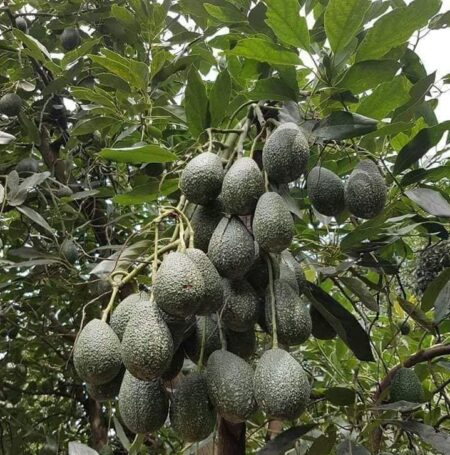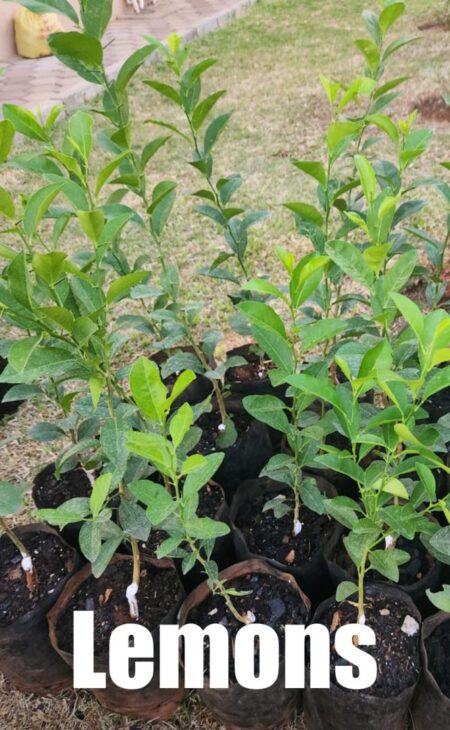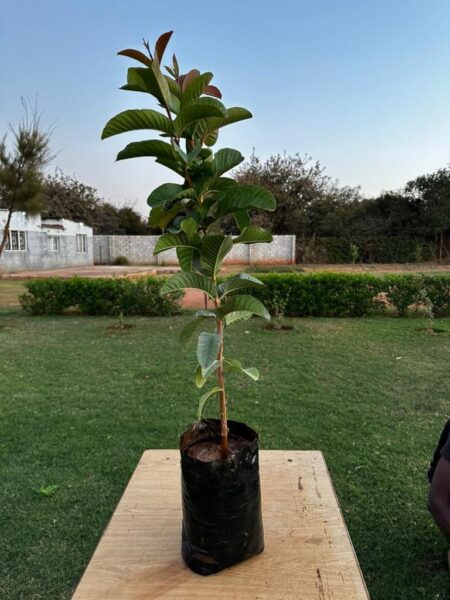A “Grafted Washington Navel” typically refers to a specific type of navel orange tree, where the Washington Navel variety is grafted onto a rootstock. Here are some key points to understand:
- Washington Navel Orange:
- The Washington Navel is a popular and well-known variety of navel orange (Citrus sinensis). It is characterized by its sweet, seedless, and easy-to-peel fruit with a distinctive “navel” or small second fruit at the blossom end.
- Washington Navel oranges are highly prized for their flavor and are commonly consumed fresh, juiced, or used in various culinary applications.
- Grafting:
- Grafting is a horticultural technique where the scion (upper part of a plant with desirable traits, in this case, the Washington Navel variety) is joined onto the rootstock (lower part, which provides the root system and sometimes other attributes).
- Grafting is often used in citrus cultivation to combine the desirable characteristics of a specific fruit variety with the disease resistance or growth characteristics of a hardier rootstock.
- Rootstock:
- The rootstock used in grafting can influence factors such as disease resistance, adaptability to soil conditions, and tree size.
- Common rootstocks for citrus trees include trifoliate orange (Poncirus trifoliata) and certain hybrid varieties.
- Advantages of Grafting:
- Grafted trees tend to produce fruit more quickly than those grown from seed, and they often exhibit more predictable characteristics.
- The rootstock can provide certain advantages, such as increased resistance to soil-borne diseases.
- Cultivation:
- Grafted Washington Navel trees are cultivated in regions with suitable climates for citrus production. They require well-draining soil, adequate sunlight, and protection from frost in colder regions.
- Harvesting:
- Washington Navel oranges are typically harvested in the late fall through winter, depending on the specific climate and growing conditions.
By grafting the Washington Navel variety onto a compatible rootstock, growers can benefit from the desirable traits of the Washington Navel orange while potentially enhancing the tree’s overall performance and adaptability. This is a common practice in commercial citrus orchards and home gardening alike.















